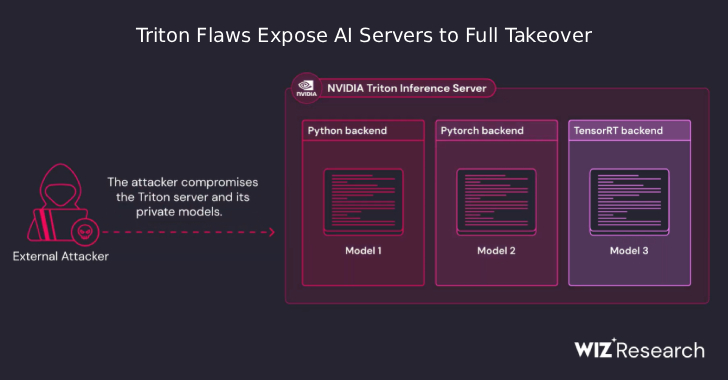
Simplify Your Cloud Security Testing
The cloud has revolutionized the way businesses operate, offering unparalleled flexibility and scale. Yet, with the immense advantages it brings, the cloud also presents unique security challenges. Therefore, cloud security testing is crucial to ensure data protection and application performance. But how can you streamline and simplify this process?
- Know Your Cloud Environment
Before diving into security testing, it’s imperative to understand the specifics of your cloud environment. Are you operating in a public, private, or hybrid cloud setup? The tools and strategies for each can differ.
Public cloud providers, like AWS, Google Cloud, and Azure, have their proprietary security solutions and best practice guidelines. Familiarize yourself with these, as they will form the foundation of your testing procedures.
- Automate Security Assessments
With the dynamic nature of the cloud, manual testing methods might not be feasible or efficient. Automated tools can continually scan your infrastructure for vulnerabilities, giving you near real-time insights.
Security as Code (SaC) is an emerging paradigm where security checks are embedded into the development and deployment processes. Tools like Checkmarx and CloudSploit can automatically evaluate your cloud configurations and ensure they comply with best security practices.
- Prioritize Vulnerability Management
Not all vulnerabilities are created equal. Some might expose sensitive data, while others might be more benign. After your security assessments, you’ll likely have a list of issues to address. Rather than getting overwhelmed, prioritize them based on potential impact and ease of exploitation.
A risk-based approach allows you to fix the most pressing issues first, ensuring that your most sensitive data and operations remain protected.
- Embrace Zero Trust Architecture
The traditional security model of ‘trust but verify’ has shown its limitations in the cloud. Instead, the zero-trust model – where no user or device is trusted by default, regardless of its location or network origin – is gaining traction.
Implementing zero trust means robust authentication processes, segmenting your network resources, and monitoring user behaviors for anomalies. While it might seem stringent, this model is a game-changer in cloud security, minimizing the chances of internal threats.
- Stay Updated on Shared Responsibilities
In the cloud, security is often a shared responsibility between the cloud provider and the user. For instance, while AWS manages security of the cloud (like the physical infrastructure), users are responsible for security in the cloud (like their data and applications).
It’s essential to know where these boundaries lie, ensuring that you’re not leaving gaps in your security expecting the provider to cover them. Always refer to the latest documentation from your cloud provider to understand these demarcations.
- Engage in Continuous Training
Cloud technologies evolve rapidly, and so do the associated threats. It’s not enough to set up security measures once and forget about them. Regular training for your team will keep everyone updated on the latest risks and best practices.
Platforms like Cybrary and Pluralsight offer courses tailored to cloud security, ensuring your team is equipped with the latest knowledge.
- Incorporate Feedback Loops
Incorporating feedback loops in your testing means that after each security test, the findings are analyzed, and the insights gained are used to refine the next cycle of testing. This iterative approach ensures that your security measures evolve and adapt to new challenges.
- Involve All Stakeholders
Cloud security isn’t just the domain of IT or security teams. Everyone, from developers to top management, plays a role. By fostering a culture of security awareness and involving all stakeholders in security discussions and training, you can ensure a holistic approach to cloud protection.
Conclusion
The cloud offers tremendous benefits to businesses, but it’s essential not to overlook the associated security challenges. By understanding your environment, prioritizing vulnerabilities, embracing modern security models, and staying updated, you can both harness the power of the cloud and keep your data and operations secure. Simplifying cloud security testing doesn’t mean cutting corners; it means being smarter and more efficient in your approach.
Contact Cyber Defense Advisors to learn more about our Cloud Security Testing solutions.





